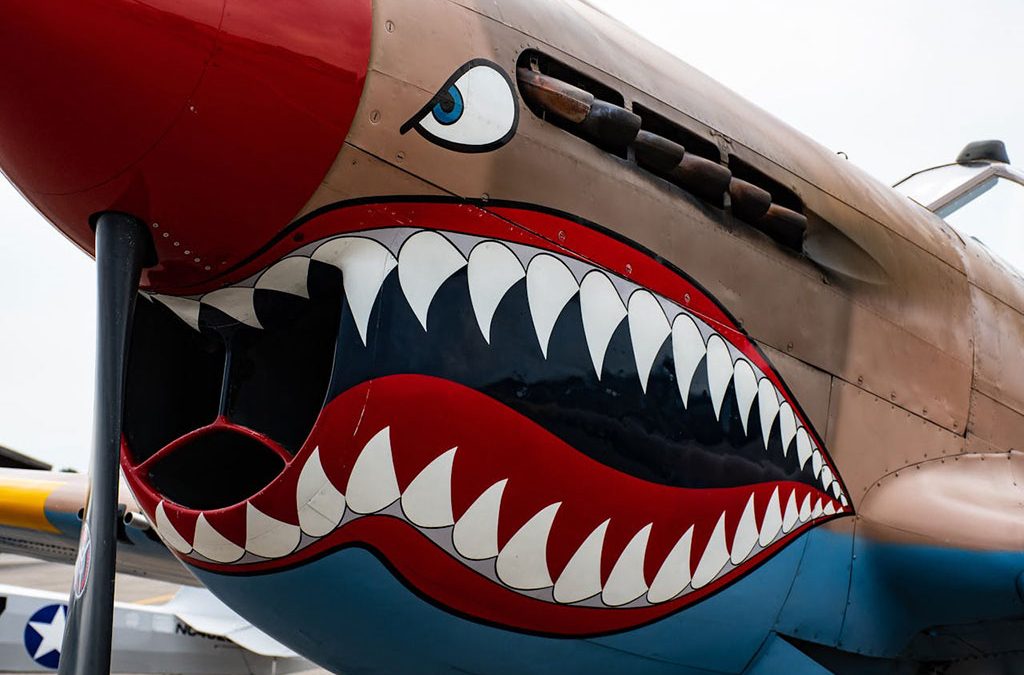The Pearl Harbor Aviation Museum, located on Ford Island in Pearl Harbor, Hawaii, is dedicated to preserving and sharing the history of aviation’s role during World War II, particularly the events surrounding the attack on December 7, 1941. It offers a profound journey through history, allowing guests to explore authentic artifacts and gain a deeper understanding of the events that shaped the world. Here are some lesser-known facts about the museum:
✅ Origins and Name Changes: The museum’s origins trace back to 1983 with the establishment of the Pacific Aerospace Museum at Honolulu International Airport. However, due to airport expansion, the museum relocated and was renamed the Pacific Aviation Museum Pearl Harbor. In 2018, it adopted its current name, the Pearl Harbor Aviation Museum.
✅ Establishment on Ford Island: The museum officially opened its doors on December 7, 2006, coinciding with the 65th anniversary of the Pearl Harbor attack. It occupies historic Hangars 37 and 79 on Ford Island, providing visitors with a tangible connection to the past.
✅ Major Exhibits: The museum houses a vast collection of over 22,000 artifacts, including aircraft, photographs, and archival materials. Notable exhibits include:
- Hangar 37: Features artifacts and aircraft related to the Pearl Harbor attack, offering insights into that pivotal day.
- Hangar 79: Showcases over 75 years of aviation history, displaying aircraft from World War II through the Vietnam War and beyond.
✅ Dedication and Mission: The museum is dedicated to preserving the history of aviation in the Pacific, particularly during World War II. It aims to honor the legacy of those who served and provide educational experiences that highlight the significance of aviation in shaping modern history.
What are the Most Popular Exhibits at the Pearl Harbor Aviation Museum?
Among its extensive collection, one exhibit consistently stands out as a visitor favorite: the “Swamp Ghost” B-17 Flying Fortress.
“Swamp Ghost” B-17 Flying Fortress
The “Swamp Ghost” is a Boeing B-17 Flying Fortress that holds a unique place in aviation history. On December 7, 1941, during the attack on Pearl Harbor, this aircraft was scheduled to depart but experienced engine trouble, inadvertently sparing it from the assault. Later that month, it participated in a bombing mission over Rabaul, New Guinea, where it was damaged and subsequently crash-landed in a swamp. The aircraft remained in the swamp for nearly 64 years before being recovered and transported to the museum in 2011. Today, visitors can view the B-17 in its partially restored state, offering a tangible connection to the past.
Inside the B-17 Flying Fortress | The Swamp Ghost
Other Notable Exhibits
Beyond the “Swamp Ghost,” the museum features a diverse array of artifacts, including:
- Douglas SBD Dauntless: A dive bomber renowned for its role in the Battle of Midway.
- Mitsubishi A6M2 Zero: A Japanese fighter plane that played a significant role during World War II.
- Fighter Ace 360º Flight Simulators: Interactive simulators that provide visitors with a thrilling flight experience, allowing them to engage in virtual dogfights over tropical waters.
Pearl Harbor Educational Film
To enhance the educational experience, the museum presents historical documentaries such as “East Wind, Rain,” a 12-minute film that recounts the events of the Pearl Harbor attack. This film has been recognized with awards for its insightful portrayal of that pivotal day.

